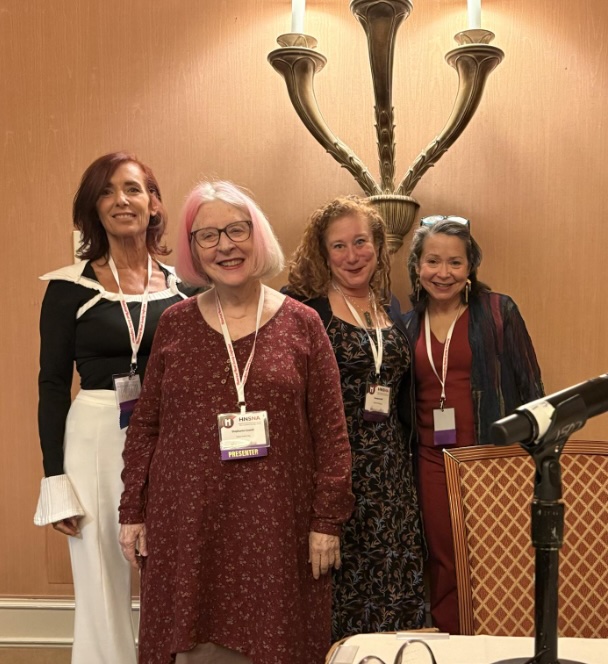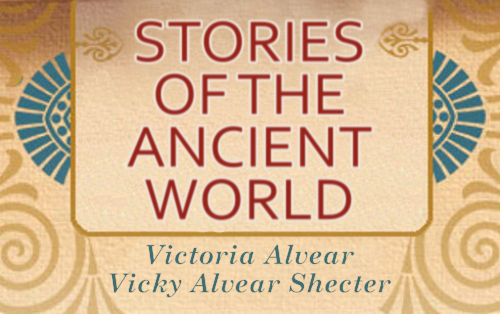
Last month, I attended the Historical Novel Society (HNS) conference in Las Vegas. The conference itself was terrific, and I loved meeting and seeing other writers, including my Day of Fire co-writers, Kate Quinn, Eliza Knight, and Sophie Perinot. I also served on a panel, thanks to the amazing Donna Russo, and presented alongside Donna, Zenobia Neil, and the incomparable Stephanie Cowell. Our topic was “The Evolution of Point of View in Historical Fiction.” I will get to that in a moment. But first, I have to chortle over the insane comedy of plunking 600 introverted-living-in-our-heads writers and history nerds in the most overwrought, overstimulating place you can imagine:

 Caesar’s Palace in Las Vegas. We conference attendees didn’t have to wear name tags to identify each other–we only needed to glimpse the reflected horror and overwhelm in each other’s eyes as we passed in the pulsing, glitzy, screamingly loud hallways of the giant compound.
Caesar’s Palace in Las Vegas. We conference attendees didn’t have to wear name tags to identify each other–we only needed to glimpse the reflected horror and overwhelm in each other’s eyes as we passed in the pulsing, glitzy, screamingly loud hallways of the giant compound.

The conference itself, though, was amazing. So many panels and presentation focused on craft and creativity led by bestselling authors, literary agents, editors, and consultants. My panel on point of view was led by Donna Russo, author of countless excellent books, her latest being, Vincent’s Women.
We covered the history of POV in historical fiction, with the dominant form in decades past being 3rd omniscient. These long, detail-rich, meandering novels, from such bestsellers like Mary Renault, Jean Aul, and James A. Michener, would not sell today. Sadly.
Close third or first person seem to be more acceptable in today’s market. However, we also highlighted novels that are pushing the form as author’s try to get noticed in our over very competitive market. I highlighted examples such as I Am Red by Orhan Pamuk, which features 21 individual first person points of view, including inanimate objects such as a coin, a color, and a corpse. I pointed out that we’re seeing more and more of inanimate POVs, including Kate Quinn’s The Briar Club which gives us the

perspective of the old house central to the action. Other examples include, The Island of Missing Trees by Elif Shafak (POV of a fig tree observing the conflict between Greek and Turkish characters) and Mrs. Death Misses Death by Salina Godden where the desk (resentful about no longer being a piano) becomes the conduit of stories between the two main characters.
Donna talked about her use of many POVs in Vincent’s Women, Stephanie Cowell reassured the audience by admitting that even established, successful writers struggle with determining the right POV for their stories, and Zenobia Neil read from her book, Ariadne Unraveled.
After being in introverted-cave mode for years, it was a special treat to be around so many folks who love what I love. The next North America conference, in 2027 is in Pittsburgh and I can’t wait!


Leave a Reply